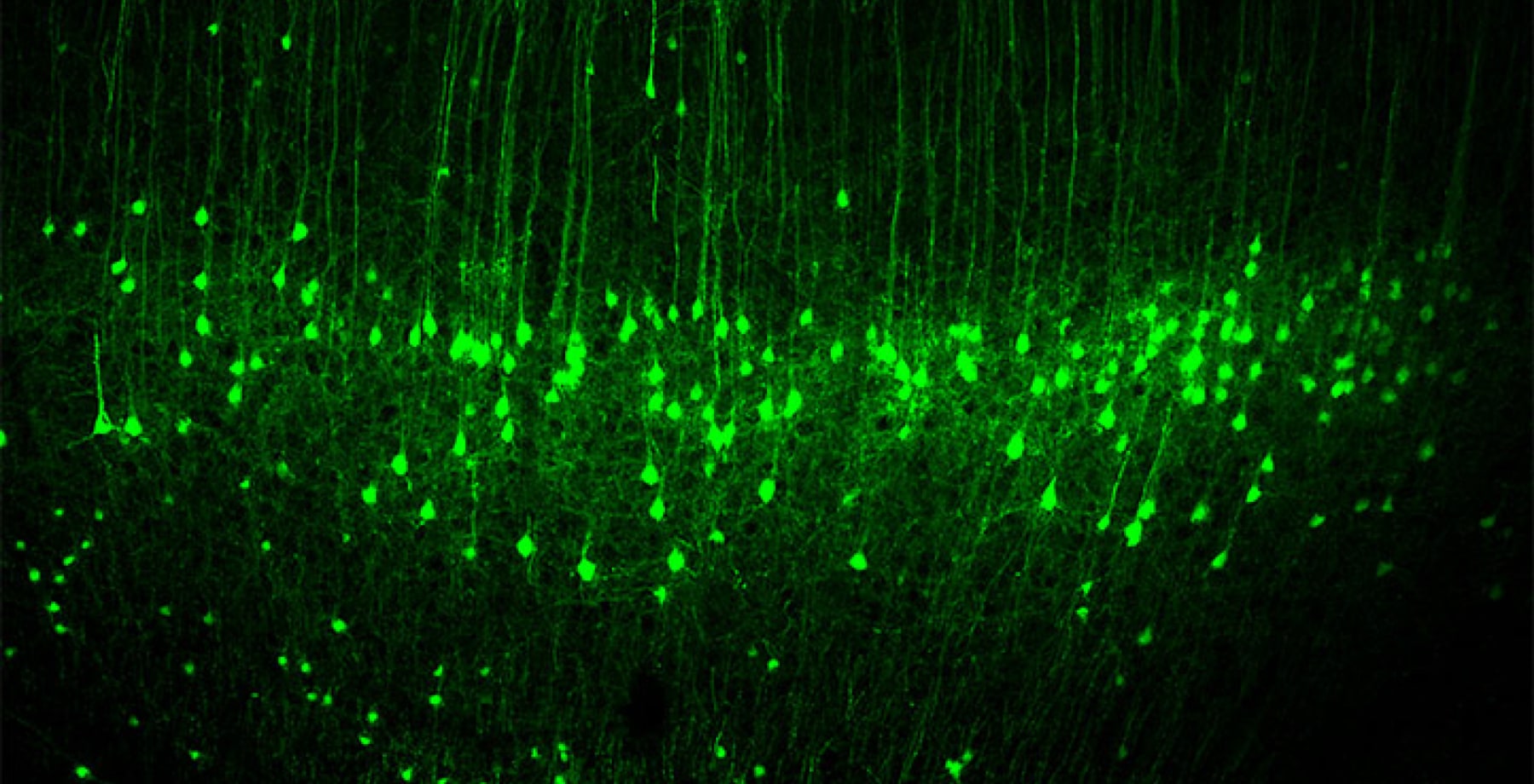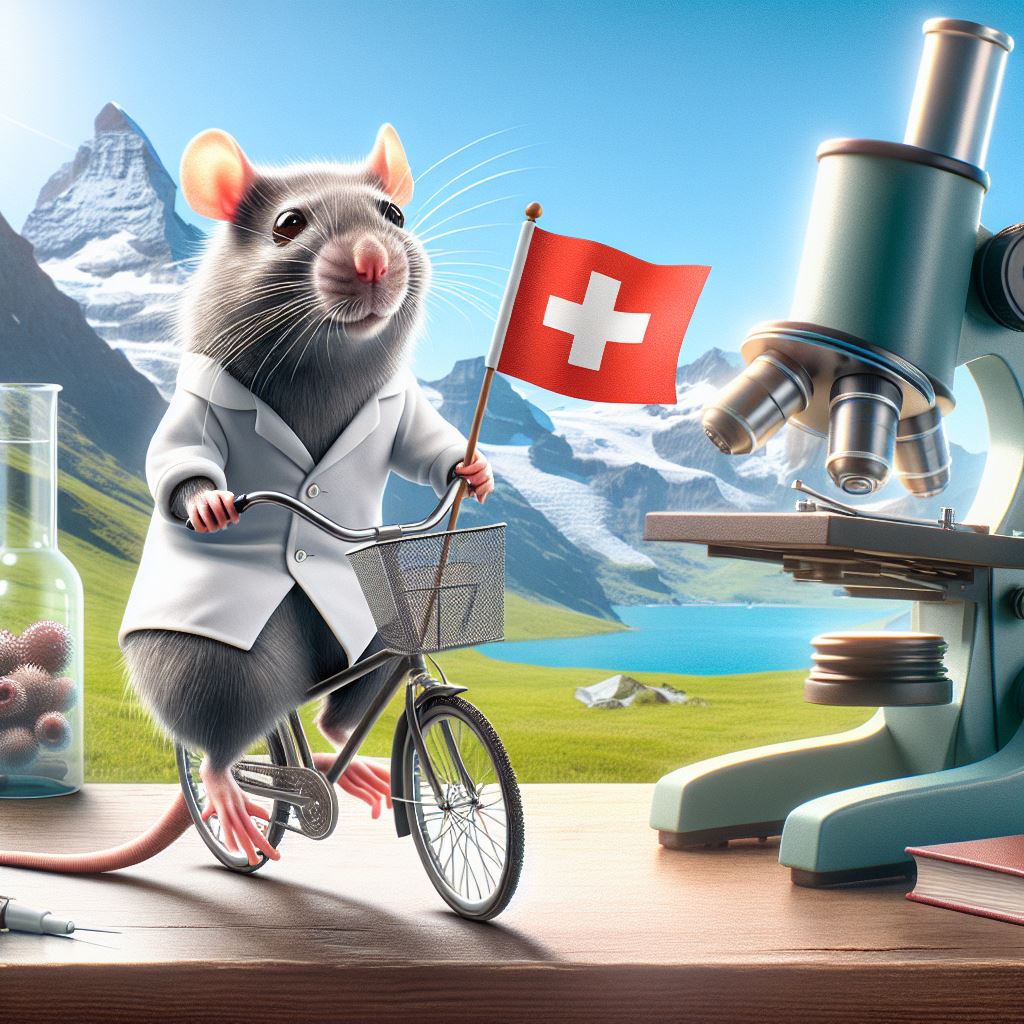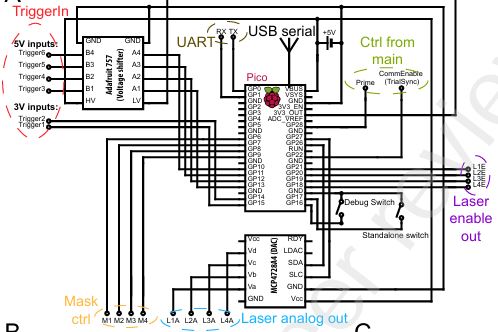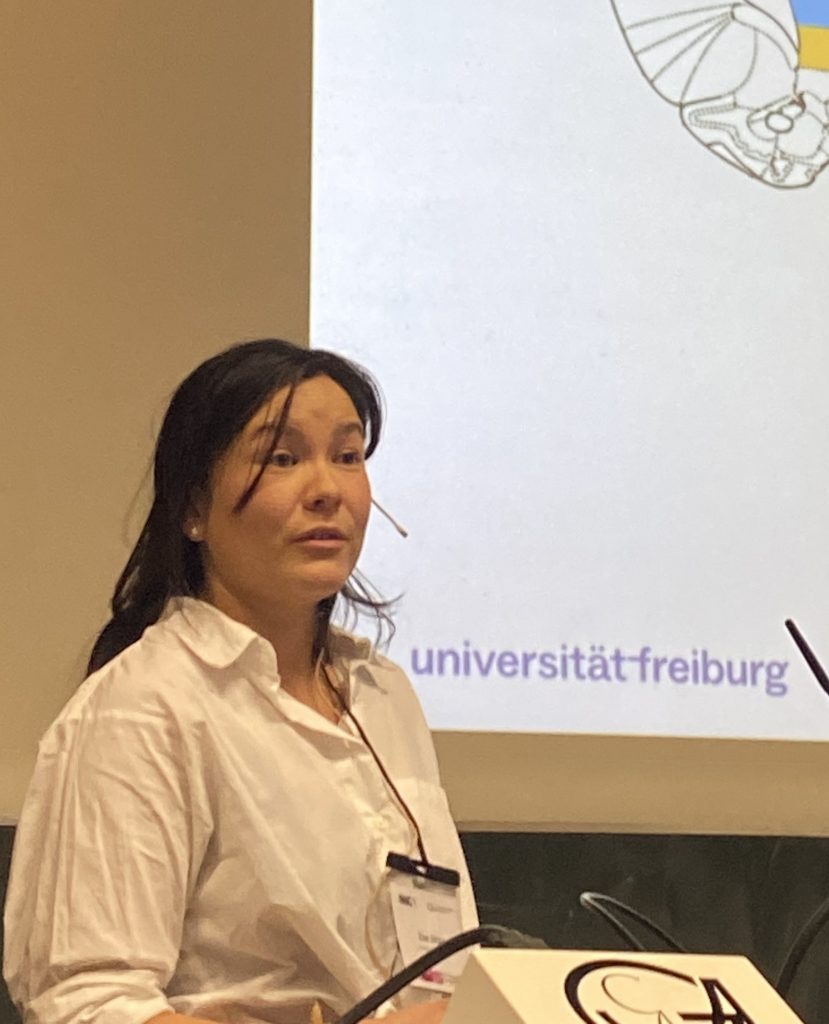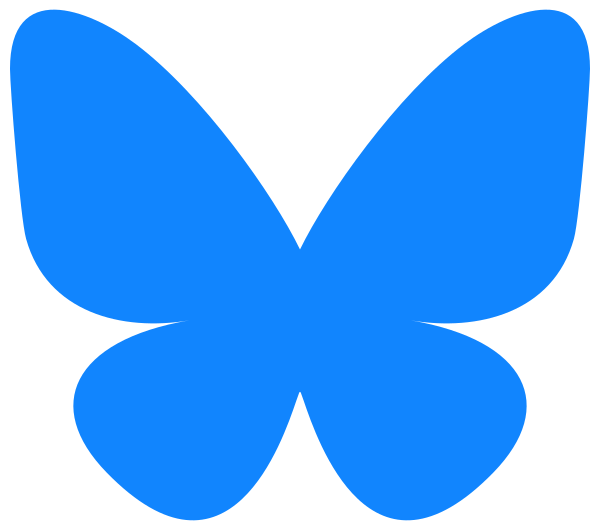After exciting and successful years in our working group, it is now time for you Artur to embark on a new adventure. Your time with us has been invaluable, and we’re grateful for the contributions you’ve made to the team. Although we’re sad to see you go, we’re also excited to see what the future holds for you. We wish you all the best for the next chapter. Thank you for being an amazing coworker, and we hope to keep in touch.
Our Research
The ability to move is a fundamental feature of most animals which allows them to actively interact with our environment. We are investigating the underlying neural mechanisms and circuits of this ability. We do so with electrophysiological recordings and optogenetic manipulations combined with behavioral analysis. We look into the local processing of movement preparation and generation in the motor cortex as well as higher order structures, e.g. prefrontal cortex.
The goal is to create a better understanding of how neural subpopulations and pathways within and across brain areas influence motor behavior. In order to address these scientific aims we are constantly working on improving the existing techniques. We currently focus on the design of new optoelectronic probes and targeting strategies. Apart from advancing our basic knowledge about the neural mechanisms of movements, our results might help improving the design of new prosthetic devices and understanding of disorders in which the normal production of movements is disrupted.
Current News
New Article Published in SSRN
To facilitate optogenetic experiments in neuroscience, we designed a cost-effective (<40 €) and versatile laser control system, FreiLaser, based on the Raspberry Pi Pico microcontroller running CircuitPython. The system's flexibility, ease of use, and low cost make it an invaluable tool for researchers conducting optogenetic and behavioral studies. Our open-source design ensures accessibility and adaptability for a wide range of experimental needs.
NWG Symposium S3 on PFC Mechanisms of Adaptive Cognitive Behaviours
During the 16th Göttingen Meeting of the German Neuroscience Society 2025, Zoe Jäckel impressed the audience with her talk “Prefrontal orchestration: a cortical network for rodent motor inhibition”. Zoe provided fascinating insights into how different subsections of the PFC work together to regulate motor inhibition in rodents. Claudia Böhm, M. Victoria Puig, Paul G. Anastasiades and Peter J. Uhlhaas deepened with their presentations the understanding of the functions of the prefrontal cortex, highlighting its central role in cognitive processes.
Open Positions
March, 2025 – We are looking for a PhD (m/f/d) Student in Neuroscience (Prefrontal Flexibility)
We are seeking a motivated PhD student to join our research team. Funded by the German Research Foundation (DFG), this project investigates the neural underpinnings of prefrontal flexibility, focusing on how internal and external factors influence strategy choice in the rat prefrontal cortex.
March, 2025 – We are looking for a PhD (m/f/d) Student in Neuroscience (Movement Decoding)
We have an opening for a highly motivated PhD student. Funded by the German Research Foundation (DFG) as part of the collaborative research center 1690 (Disease Mechanisms and Functional Restoration of Sensory and Motor Systems), this project investigates the neural underpinnings of movement control, focusing on how premotor cortex influences activity in motor cortex.
March, 2025 – We are looking for a PhD (m/f/d) Student in Neuroscience (effects of virtual realities on neural activities)
We have an opening for a highly motivated PhD student to help us investigate the effects of virtual realities on neural activities. Specifically, we will develop and evaluate a new miniature microscope for investigating differences in neural activities in mice between virtual reality settings and experiences in real environments.
